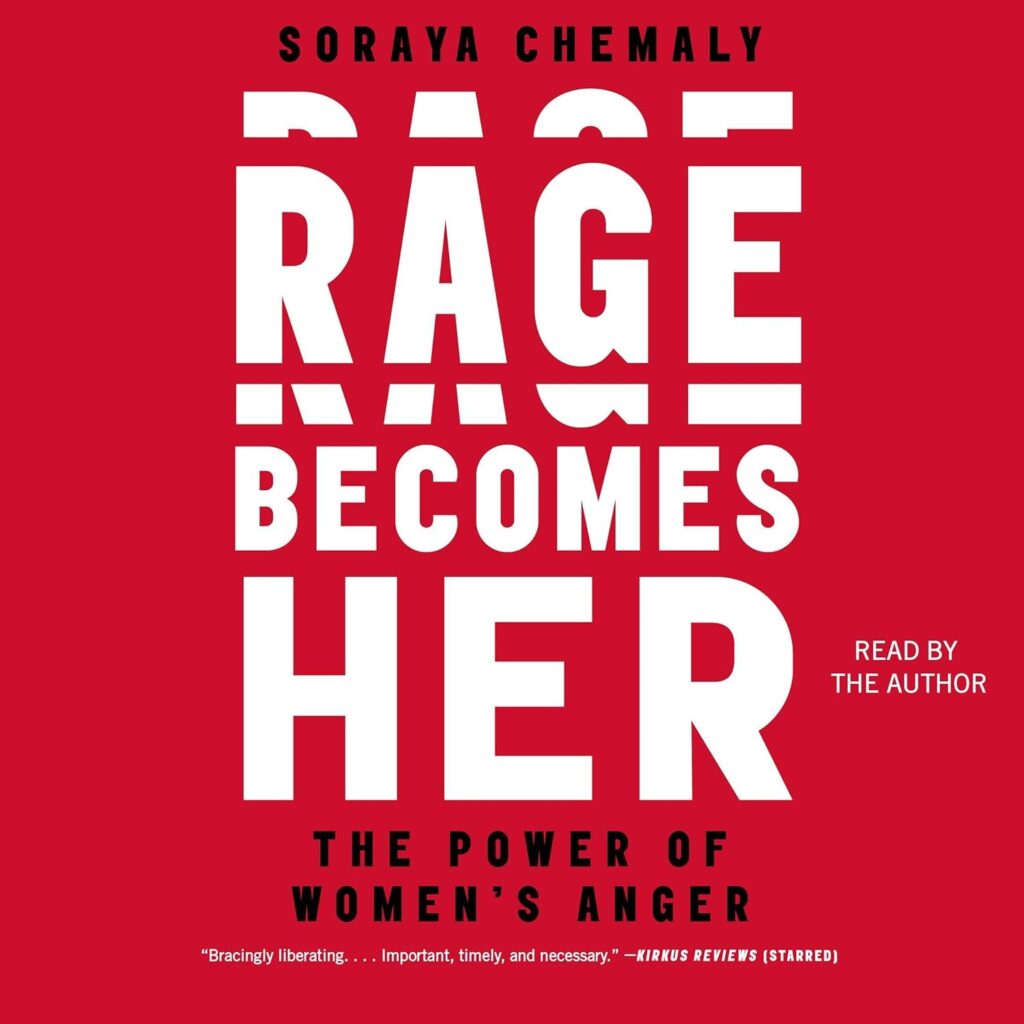(Note: This article integrates concepts from Amia Srinivasan, Audre Lorde, Soraya Chemaly, and other feminist thinkers.)
I.Why Is Anger “Unfeminine”?
Female anger is often dismissed as irrational, emotional, or aggressive. In popular culture and daily interactions, women who express strong emotions—especially anger—are swiftly labeled as “hysterical.” This reaction is not incidental but rooted in deeply ingrained gender norms.
From a young age, women are taught to be “gentle, considerate, and self-sacrificing,” while anger is framed as an unattractive, irrational emotion—antithetical to the ideal of the “graceful, rational woman.” As a result, anger is stripped of its political and expressive legitimacy.
II. Core Thesis: Anger as Epistemic Practice
Philosopher Amia Srinivasan, in her essay “The Aptness of Anger,” introduces the concept of affective aptness. She argues that anger is not merely an emotional outburst—it is a way of knowing, a legitimate response to injustice, a form of critical judgment.
“Affective injustice is when certain groups are discouraged or punished for experiencing or expressing the emotions that are most appropriate to their social situation.”
— Amia Srinivasan
She names this phenomenon affective injustice: when women are penalized or marginalized for expressing anger, a systemic mechanism of suppression is at play. This not only invalidates their feelings but also undermines their ability to recognize and articulate injustice.
What does this mean?
- Anger is not irrational—it is the beginning of recognition.
- It contains critical insight; it opens a window to structural injustice.
- It is a form of knowledge production, not just a “bad mood.”
III. Embodied Knowledge: Anger as Boundary Signal
Poet and feminist Audre Lorde, in her essay “The Uses of Anger,” describes female anger as a “clear and precise response” to intersecting forms of oppression such as race, gender, and class:
“My anger has meant pain to me but it has also meant survival. Not passive survival, but survival borne out of an unswerving commitment to truth.”
She rejects the idea that anger is inherently chaotic or violent. Instead, she defines it as a tool of self-preservation—a signal that a boundary has been crossed, and a declaration that change is both necessary and possible.
Lorde distinguishes between two forms of anger:
- Destructive anger: suppressed, denied, internalized.
- Political anger: expressed, organized, transformed into resistance.
IV. Structural Critique: Who Gets to Be Angry?
Many critics have noted that while male anger is often framed as “decisiveness” or “strength,” female anger is pathologized—punished in professional settings, isolated socially, and dismissed as irrational.
Feminist scholar Sara Ahmed writes:
“The angry woman becomes the problem, rather than the conditions that make her angry.”
In other words, society displaces anger from its causes and frames the angry woman as the issue itself. This is a form of emotional misdirection that protects existing power structures while silencing the truth-tellers.
V. Contemporary Voices: Anger in Texts and Movements
Female anger is reclaiming space in public discourse and creative work:
- Rage Becomes Her (Soraya Chemaly): Anger as an emotional right long denied to women—a resource for equality.
- Good and Mad (Rebecca Traister): Anger as political fuel and collective awakening.
- Burn It Down anthology: 22 women writers tell stories of rage, shame, resistance, and transformation.
Together, these works argue: anger can be translated—into writing, speech, organizing, and art. It is both a personal and collective resource.
If you’d like to explore more on this theme, Soraya Chemaly’s Rage Becomes Her is an essential read that inspired this essay.
👉 Buy the audiobook on Amazon

VI. Critiques and Limits: The Politics of Anger
Despite the progress, some thinkers warn of potential pitfalls:
- Commodification: Anger risks being co-opted by brands or media, stripped of its political edge (e.g., “angry girl” merch).
- Representation gaps: Not all women are equally heard when angry. White middle-class women may be validated, while Black, working-class, and trans women remain perceived as threats.
- Emotion fatigue: Without structural change, repeated expression can lead to exhaustion or apathy.
VII. Conclusion: Anger Is Not the End—It’s the Beginning
Women’s anger is no longer taboo. It is becoming a tool:
- To speak what has long been silenced
- To dismantle the “good girl” narrative
- To gather, organize, and push for change
The real question isn’t whether women are too angry. It’s—why did they have to wait this long to be?
📚 Further Reading
- Rage Becomes Her by Soraya Chemaly – A powerful call to reclaim anger as a legitimate emotional and political response.
- Good and Mad by Rebecca Traister – Explores the political force of women’s collective rage.
- The Uses of Anger by Audre Lorde (Collected Essays) – Essential feminist writing on the intersections of race, gender, and emotion.
- The Cultural Politics of Emotion by Sara Ahmed – A philosophical take on how feelings are structured by power.
Amazon affiliate link included. Thanks for supporting independent publishing.
You might also like:
Sexist Things Women Still Hear—And How to Respond
Practical ways to respond to everyday sexism, from subtle remarks to direct condescension.







